Is the tourmaline divided into several colors? What do you mean?
red
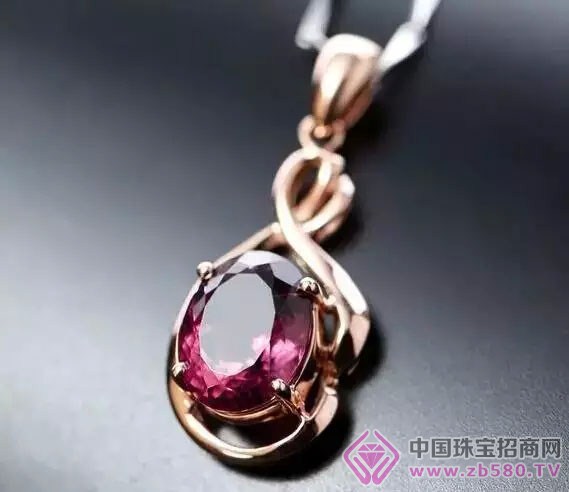
One of the most expensive varieties is red to purple and rose red, pink to deep red. The tourmaline of these colors was once called the red tourmaline (RUBELLITE). This type of tourmaline has a great change in color, and it is simply unclear. Some are brownish red, some are orange red, some are rose red, and some are near rose or purple. The color is shallow and deep.
The best red is called red tour (REDTOURMALINE). Although people call it red tourmaline, this is not good, but it will give people the illusion that it is a kind of imitation of ruby. In the era of the current generation of substitutes, this term really devalues ​​the value of natural gemstones. . Red tourmaline is a good name. It tends to resemble a red garnet rather than a ruby. It has almost no high-quality rubies that are dark in color and often have a purple color and a brown color. But some tourmalines are dark in color and look like rubies and not like other red gems.
green
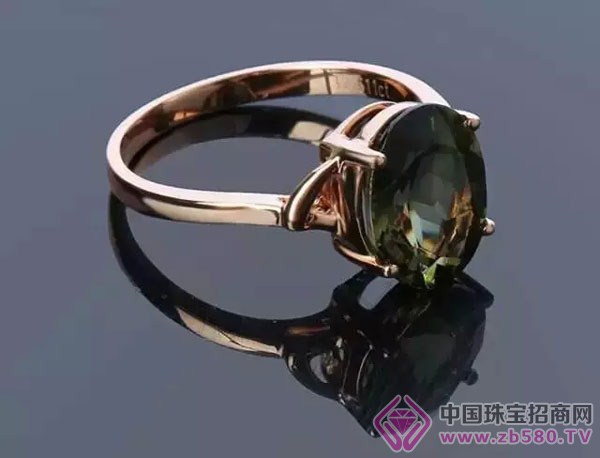
The color of this variety includes light green to dark green, yellow green or brownish green. The color may be dark or dark, only visible through the light. The very green tourmaline has strong dichroism and is opaque in the direction of the optical axis. However, after heat treatment, some colors can be improved and the absorption of light is reduced. There are very few dark tourmalines on the market, and their colors are similar to those of yellow-green emeralds. This color is extremely rare. Unfortunately, this quality gemstone is simply not available. The usual goods are attractive to most people, so it is useful for those who can't afford emeralds. The dark green tourmaline is almost certainly produced in Brazil, but it is often called the African tourmaline or the Transvaal (South African province) tourmaline.
blue

Pure blue tourmalines are rare gems, and very common are deep purple or blue. If the depth of the color is fully reflected, the price is considerable, but this variety is more precious than the gemstones usually seen. Sometimes called blue tourmaline, once called "Brazilian sapphire", but this is not appropriate. Occasionally you can see light blue to light green blue tourmaline, which is easy to sell, especially those that are very similar to high-grade aquamarine.
Yellow and orange
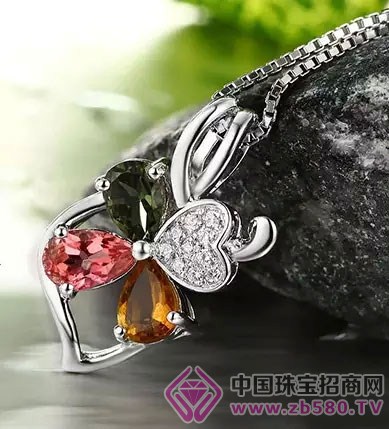
Pure yellow or orange tourmalines are hard to see. Light brown to dark yellow is more popular, it will be treated as sherry topaz and golden beryl; green brown to brownish green, much like andalusite; orange brown to brown orange and green yellow There are also certain sales. There is almost no market for dark colors and poor color. Mineralogists sometimes call brown tourmalines magnesium tourmaline.
Colorless or white
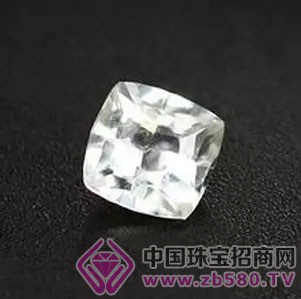
Colorless tourmaline, sometimes called white tourmaline ACROITE, the word comes from the Greek word, meaning white, in the gem, colorless tourmaline is useless, unless it contains cat-eye phenomenon substances, but it is very rare in nature.
black
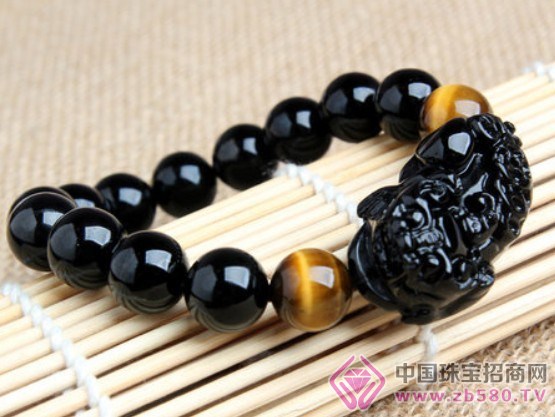
Rarely used to replace coal jade or black chalcedony on cheap jewelry. Mineralists call it black tourmaline.
Motley
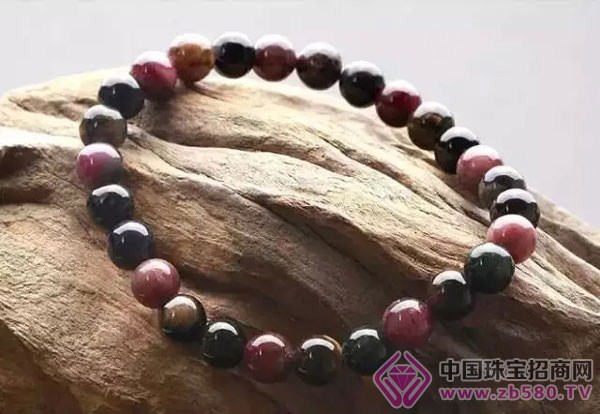
Tourmaline crystals often come in a variety of colors. Some have one color at the bottom, one color in the middle, and another color at the top. There is also a color in the interior, and a color in the periphery. If the middle part is pink and the outside is green, it is called "watermelon" tourmaline. Motley crystals are sometimes cut into gemstones, but they are not more precious than being cut into gemstones. Sometimes you can cut a red and a green from a piece of crystal.
Cat's eye tourmaline (Bixi opal)
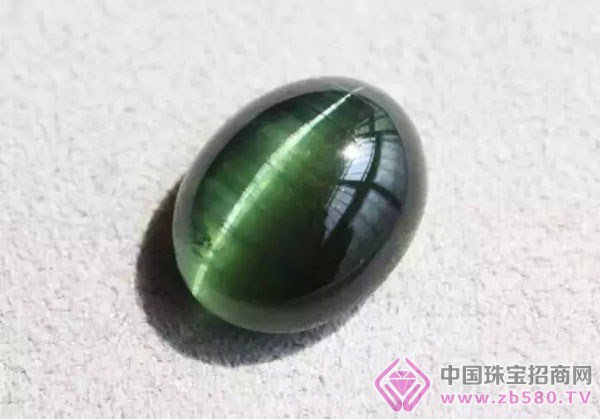
Some green tourmalines have many slits or needle-like inclusions. For example, they are cut into a flat bottom shape, and the cat's eye effect can be seen. Other colors of tourmalines have few cat eyes. This kind of stone is worthless if there is no clear cat-eye phenomenon. The Gemological Institute of the United States has seen several brown-green tourmalines, when the "precious" opal was sold. The staff of the American Gemological Institute also saw good blue, blue-green and red tourmaline opals, its thick needle-like inclusions, concentrated at the bottom of the waist, the cat's eye effect is clear and beautiful, if the thick empty tube Shape dispersal, it is not so good. The American Gem Research studies all two good-quality reddish specimens, the tubular bodies of which are as thin as the stellites, which are very similar.
Tourmaline, also known as tourmaline, is an expensive gemstone rich in color, second only to people's love for diamonds. Natural tourmaline is also a gemstone with natural energy. It has the characteristics of permanent radiation of far infrared rays and is a natural cardiovascular and cerebrovascular protection god.
Natural tourmaline itself has a kind of spirituality, it can stimulate our creativity, stabilize our emotions, make us more calm, and more able to concentrate. And tourmaline can improve the metabolism and endocrine renewal, and it is of great help to the peace of mind.
Among them, the colorful tourmaline, which is extremely rare in production, is the most expensive. The colorful tourmaline is also called “watermelon tourmaline†because its infrared blue-green color is similar to the color of watermelon, so it is called watermelon tourmaline.
Twill Rayon,Twill Plain Rayon Fabrics,Customized Dyed Yarn Rayon Fabric,Dyed Yarn Knit Fabric
ZHEJIANG HONGREN PRINTING & DYEING CO., LTD. , https://www.cr7textile.com